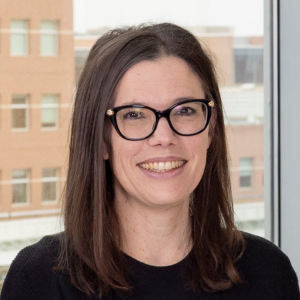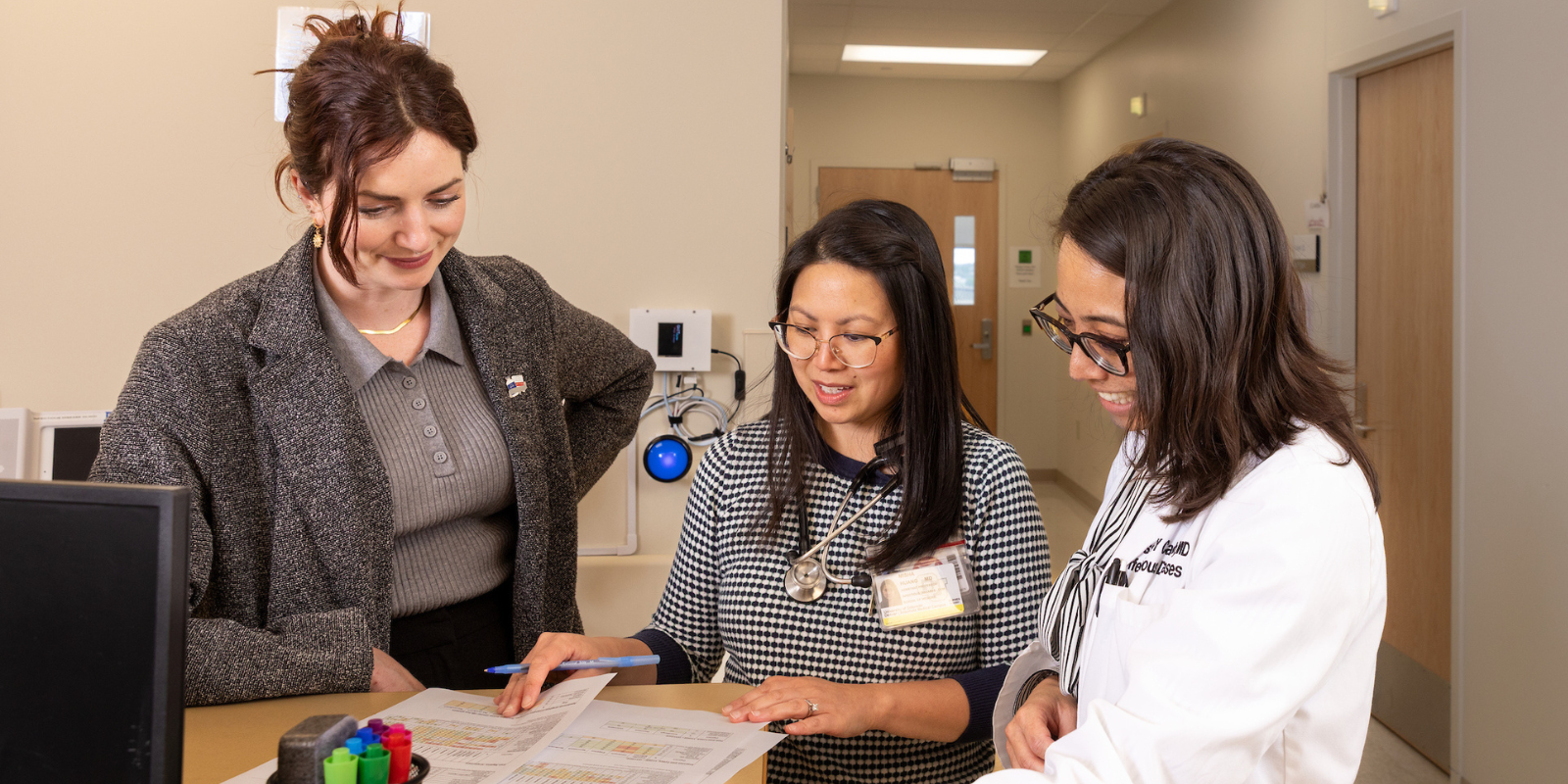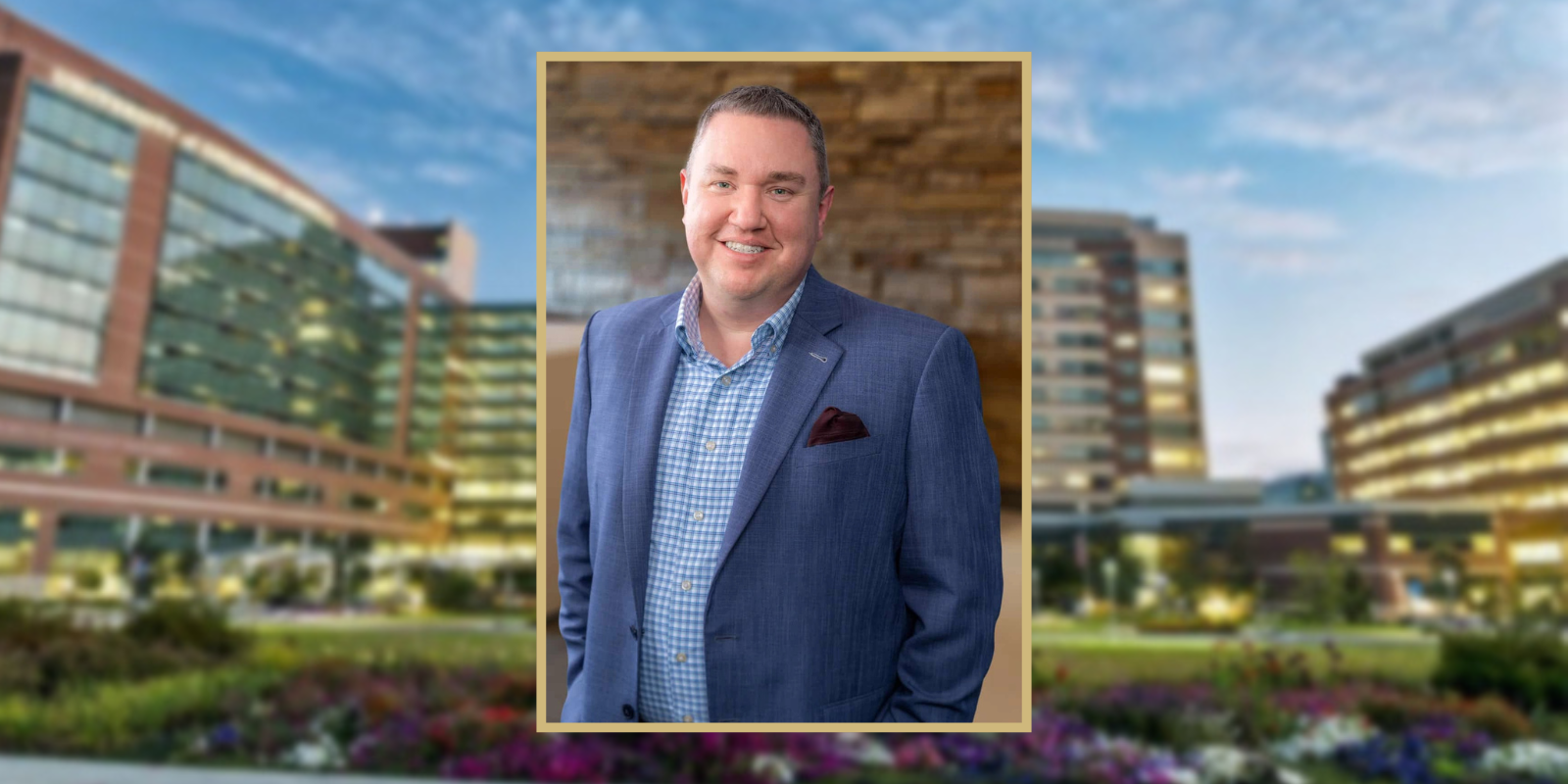While hospitals have been around for centuries, hospitalists – hospital-based physicians and other practitioners – are far more recent. In fact, the term “hospitalist” wasn’t coined until 1996 in a New England Journal of Medicine paper.
In decades past, primary-care physicians typically would check on their patients when they were admitted to the hospital. But as office-based doctors got busier and hospital systems got larger and more complex, the need grew for on-site hospital clinicians to care for inpatients. The number of hospitalists across the United States has grown from fewer than 1,000 in 2000 to more than 60,000 as of 2020, making it one of the fastest-expanding medical specialties.
With the increasing complexity and specialization of hospital work, attention is turning to how best to manage the demanding workload of hospitalists to ensure the best care for patients and to avoid overload and burnout among practitioners.
→ At a Hospital, a Satisfied Workforce Can Mean Better Outcomes for Patients
Marisha Burden, MD, MBA, is head of the University of Colorado Division of Hospital Medicine in the CU Department of Medicine and one of the nation’s leading researchers on the dynamics of work design in the hospital setting. She is an advocate of evidence-based staffing models and work design.
At UCHealth University of Colorado Hospital on the CU Anschutz Medical Campus, Burden’s team of more than 120 physicians and 55 advanced practice providers care for almost half of UCH’s hospitalized patients. They’re supported by data, analytics, and administrative teams.
→ X Video: What CU hospitalists love about their jobs.
Burden has drawn national attention for her work. In 2022, the Society of Hospital Medicine presented her with its Award of Excellence in Clinical Leadership for Physicians. She is on the executive committee of HOMERuN, the Hospital Medicine Reengineering Network. And on May 16, Burden delivered a keynote lecture on the “Art and Science of Hospitalist Workloads” as part of the Society of General Internal Medicine’s Distinguished Professor Special Series at its annual meeting in Boston.
With National Hospital Week underway, we turned to Burden to help us better understand hospitalists and their role in medicine.
Photo at top: Marisha Burden, MD, MBA, speaking at the Society of General Internal Medicine’s Distinguished Professor Special Series at its annual meeting in Boston on May 16, 2024. Photo by Vineet Chopra, MD, MSc, | CU Department of Medicine.




.png)
